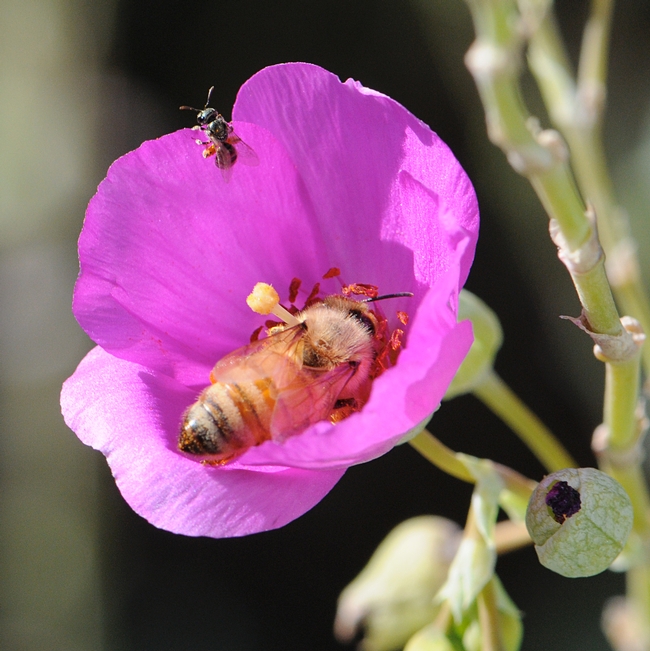
Holland focused on the work of Gordon Frankie, an urban entomologist at UC Berkeley. He has been studying the foraging habits of native bees in Costa Rica to find out how much they forage in urban gardens.
Costa Rica has 800 bee species; Gordon's team has collected 112. They found that in most cases, a plant specimen located in an urban setting attracts as many bee species as does its wild counterpart. Occasionally, city specimens actually get more bees than the wild ones. As many as 80 percent of the native bees observed in wild settings were also visiting the urban gardens.
“That was higher than we expected, and it gave us hope. As more natural areas are disappearing or being impacted by humans, urban areas offer something more stable — people are looking after them," Frankie said.
Frankie is also monitoring the status of native bees in California, where there are 1,600 species, the article said. Gordon and his team have found 90 species of bees in the San Francisco Bay Area and East Bay region. Gardeners can help local bees by putting the Best Bee Plants for California around their homes.
Frankie also has a new book for sale, California Bees and Blooms: A Guide for Gardeners and Naturalists, $28 from Heyday Books.